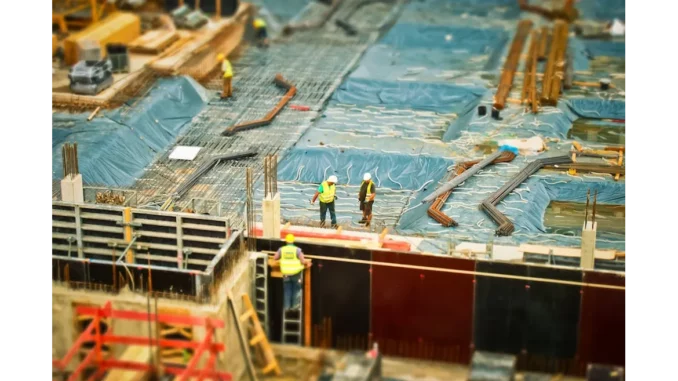
The commercial construction industry is currently experiencing a notable upswing, bringing considerable implications for various sectors, notably the chillers market. As urban landscapes evolve with the rising demand for commercial spaces, the need for efficient cooling solutions has never been more critical. This surge in construction activities is not only transforming skylines but also fostering innovation and growth within the chillers domain. This article delves into the dynamics of this transformation, the factors propelling market growth, and the prospective outlook for chillers in the commercial construction sector.
Successful low-energy building design hinges on careful planning. Focus360 Energy can help.
Chillers are indispensable in maintaining optimal temperature control within commercial structures, serving a myriad of environments ranging from office complexes and retail centres to healthcare facilities and educational institutions. As commercial construction flourishes, the demand for robust cooling systems escalates, making chillers fundamental components in contemporary architecture. They provide the necessary cooling to ensure comfort and functionality in large spaces, underscoring their critical role in the modern built environment.
Several key factors are driving the expansion of the chillers market amidst this construction boom. Rapid urbanisation and the development of megacities are at the forefront, with cities expanding and the demand for commercial spaces intensifying. This necessitates the implementation of efficient HVAC systems to maintain comfortable environments, with chillers playing a pivotal role in underpinning the infrastructure of these burgeoning urban developments.
Additionally, heightened awareness around energy consumption and environmental sustainability is propelling the market towards energy-efficient and eco-friendly cooling solutions. Chillers now incorporate advanced technologies aimed at reducing energy usage and minimising carbon emissions. The shift towards low-GWP refrigerants and the integration of smart building systems exemplify this trend. Moreover, technological progress is leading to the development of modular and scalable chiller systems, heat recovery chillers, and the use of predictive analytics for maintenance and optimisation. These innovations enhance chillers’ efficiency and reliability, making them increasingly appealing to commercial builders.
However, the commercial construction boom presents both opportunities and challenges for the chillers market. While there are numerous prospects for growth, the high cost of installing and maintaining advanced chiller systems can deter some businesses. Furthermore, the transition to new refrigerants and technologies necessitates skilled technicians and considerable investment. Nonetheless, these challenges also pave the way for innovation. Manufacturers are investing heavily in research and development to produce more affordable and efficient chiller solutions. The integration of IoT and smart technologies holds promise for heightened performance and reduced operational costs, broadening the accessibility of chillers to a wider range of enterprises.
The future outlook for the chillers market within the realm of commercial construction is optimistic. With the demand for sustainable and energy-efficient cooling solutions on the rise, the market is poised for significant growth. Industry forecasts predict that the chillers market will reach approximately $11.68 billion by 2028, with a compound annual growth rate (CAGR) of 5.5%. This growth trajectory highlights the pivotal role chillers will play in supporting the development of modern urban environments as the world increasingly embraces sustainable practices.
It is evident that the commercial construction boom is a formidable force reshaping the chillers market. The escalating demand for efficient cooling solutions in commercial spaces, coupled with technological advancements and regulatory changes, is driving the industry’s evolution. As urban areas continue to expand and evolve, chillers will remain essential in facilitating the growth and sustainability of modern architectural projects. Stakeholders within the chillers market are well-positioned to seize these trends and spearhead innovation, ensuring that chillers continue to meet the demands of an ever-changing urban landscape.


Be the first to comment